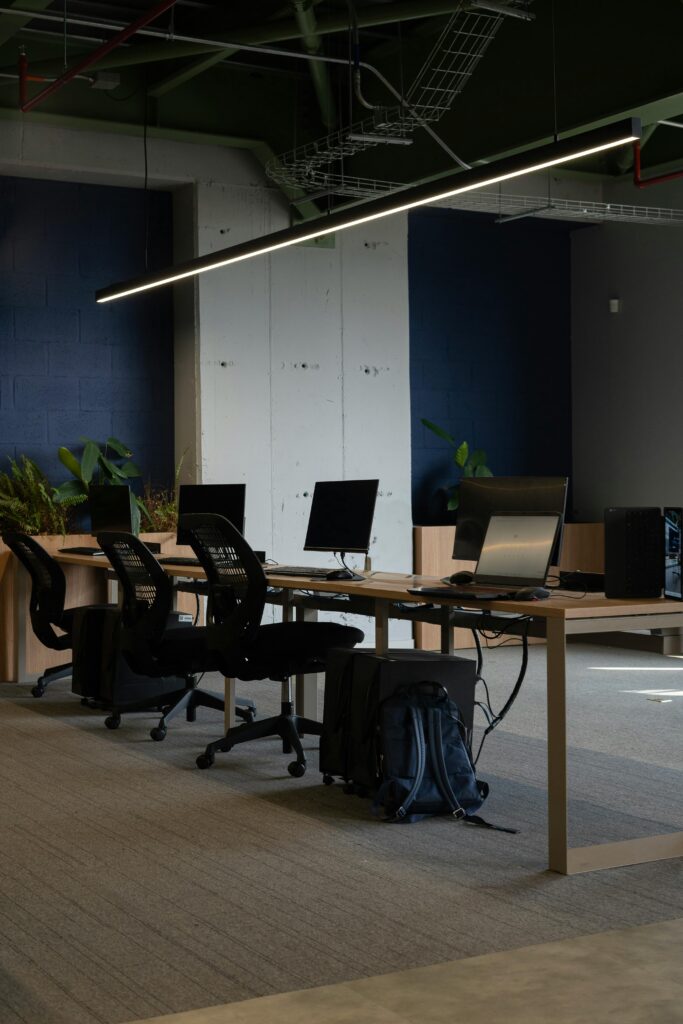What Is Menu Engineering?
Menu engineering is the process of designing and analyzing a menu to boost sales of high-margin items while reducing costs associated with low-performing dishes. It focuses on categorizing each item based on its profitability and popularity. Once the analysis is complete, changes can be made, such as repositioning items on the menu, redesigning descriptions, or even removing poor performers altogether.
It’s more than just layout design; it’s a data-driven strategy to guide customer behavior and improve your restaurant’s financial performance.
The Profitability-Impact Connection
Great menus don’t just tell diners what’s available; they guide them toward higher-margin items. According to a study by BrightLocal, restaurants using menu engineering see profit margins grow by 10–15% on average.
Here’s why it works:
- It shifts customer focus to the most profitable dishes through strategic placement and design.
- Eliminates waste on items that don’t sell and ties inventory to what customers want.
- Introduces subtle psychological techniques, such as wording and visuals, to make certain items stand out.
Key Steps to Implement Menu Engineering
1. Analyze Your Menu Performance
The first step involves gathering data. Use your POS system to review each menu item’s sales performance and profit margin. Categorize items into four groups:
- Stars: High profitability and high popularity
- Plowhorses: Low profitability but high popularity
- Puzzles: High profitability but low popularity
- Dogs: Low profitability and low popularity
Data Insight:
A 2023 report by TechTable Analytics found that restaurants that audit their menu performance quarterly can reduce food waste by 20%, on average, while increasing revenue.
2. Optimize Menu Design
The layout of your menu plays a crucial role in directing customer attention. Place high-margin items in prominent spots such as:
- The upper-right corner of the menu, also known as the “sweet spot.”
- Sections marked as “Chef Recommendations” or “Staff Favorites.”
Adding enticing descriptions can boost sales of high-margin items by up to 27%, as found in a study by Cornell University.
3. Promote High-Margin Items
Your stars and puzzles take center stage. Use visual cues like bold fonts, icons, or images to draw attention to these items. For example, a steak entrée with a high margin could be paired with premium descriptions like “succulent” and “chef-crafted.”
Pairing these items with popular sides or combos can further enhance profitability.
4. Rework or Remove Low Performers
Dogs and plowhorses can drag down profitability. For dogs, which don’t sell or generate profit, consider removing them or replacing them with better-performing alternatives. For plowhorses, work on recipe costing to improve profitability.
Real-World Example:
One casual dining chain reworked their dogs by jazzing up the presentation and increasing the price subtly. These small tweaks improved sales by 12% over six months without losing customer interest.
5. Test and Update Regularly
Menus shouldn’t be static. Trends, customer preferences, and ingredient costs change frequently. Restaurants that revisit menu engineering quarterly tend to outperform competitors by 18% in profitability, according to Black Box Intelligence.
Test new items as seasonal additions and collect customer feedback to gauge their performance before fully committing.
Menu Engineering in Action
Example 1: Quick-Service Restaurant
A QSR used menu engineering to reposition combo meals with the highest-margin drinks and sides into promotional “meal deals.” This strategy boosted average ticket size by 14% within three months while simplifying the ordering process.
Example 2: Fine Dining
A fine dining restaurant discovered their low-margin appetizers were causing a bottleneck in profitability. After removing some items and promoting premium options with creative descriptions, average appetizer profitability rose by 28% in one year.
Why It Matters
Menu engineering is an indispensable tool for optimizing restaurant profitability. It doesn’t require increasing prices across the board, which could alienate customers, but instead focuses on strategic adjustments that naturally boost sales of high-performing items.
By leveraging proven techniques in menu layout, design, and item categorization, restaurants can not only increase revenue but also improve operational efficiency and reduce waste.
Get Started Today
Data, design, and detailed planning are key to a profitable menu. TRIS experts can help your restaurant analyze its menu, reduce inefficiencies, and increase profitability without compromising quality.





We didn’t invent the term “fools with tools.” Still, it’s a perfect definition for the practice of buying a stack of sophisticated cybersecurity technology that’s impossible to manage without an MSP or the budget of a Fortune 500 IT department.